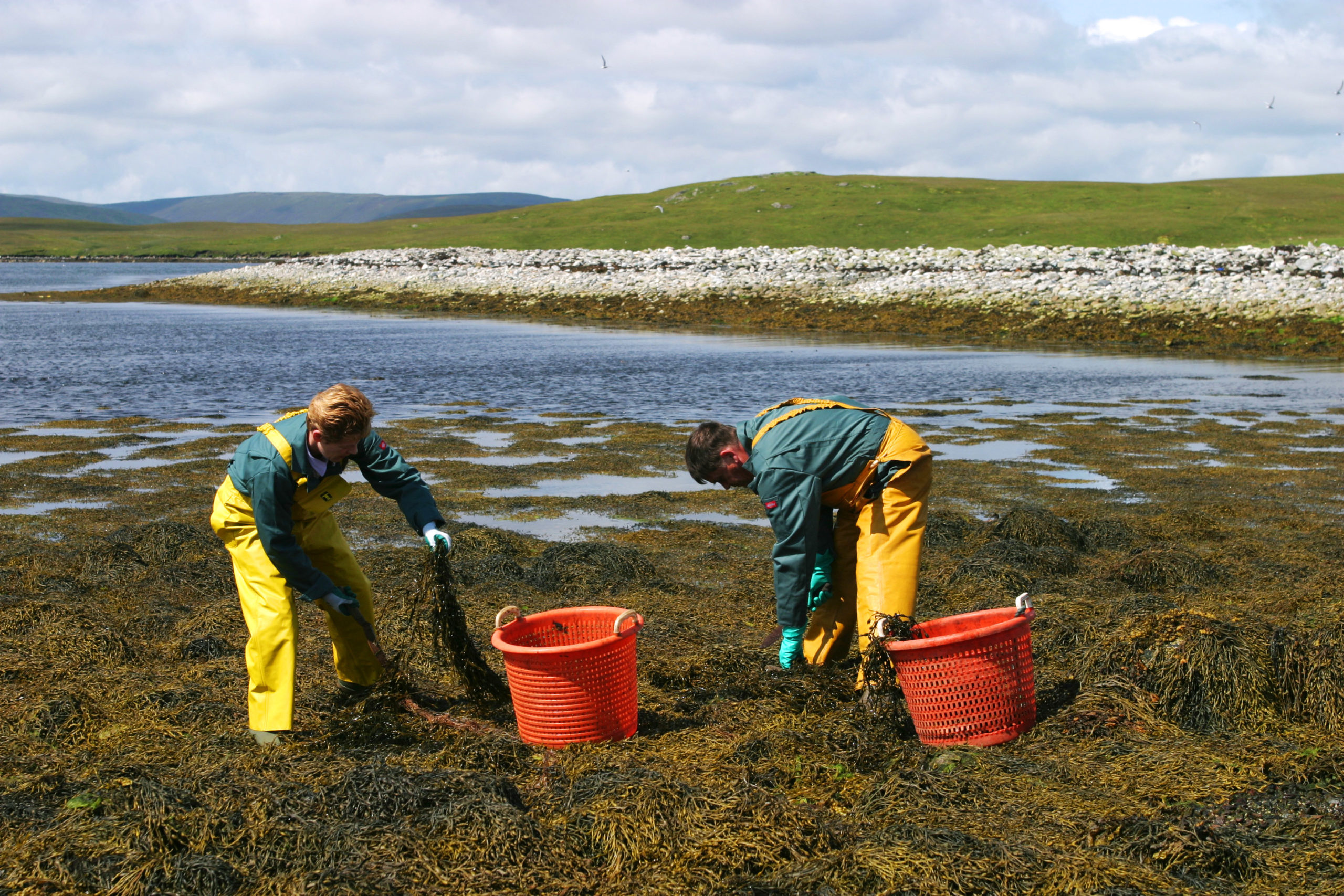
Seaweed, and Why it Should be an Essential Part of Fine Turf Maintenance.
The wonder of Seaweed
Seaweed is normally classed just as a soil conditioner, or fertiliser, in the gardening world. Its benefits are so extensive, though, that it should also be given top billing as part of any maintenance programme for the growing of plants, as it contains over sixty minerals and trace elements along with numerous bio stimulants.
Seaweed can be used as a fertiliser or soil conditioner in many forms. It can be dug into your soil straight off the beach, although better to leave out to weather for a few weeks, or it can be dried and granulated or powdered. The goodness can also be extracted to form a concentrated seaweed liquid.
In modern fertilizer use, liquid seaweed makes a highly efficient base for the nutrition of a wide variety of plants, as it can be safely mixed with most of the commonly used sources of nitrogen, phosphate and potassium, along with supplements like iron.
The seaweed stimulates the soil bacteria which helps release much of the nutrient content which is in many cases fixed in the soil and not available to the plants, whether it is grass, tomatoes, vegetables or flowers, to make the most of any nutrients being applied, reducing the quantity required for healthy growth.
Seaweed is a first class floculator, meaning it will break down clay soils into a friable loam much quicker than just about any other material.
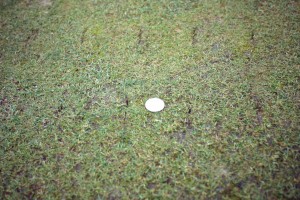
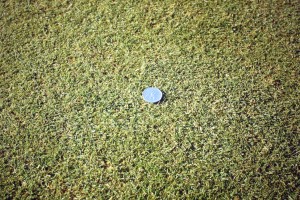
Common Uses of Seaweed on Golf Courses, Bowling Greens, and Sports Surfaces
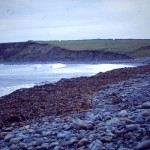
Use and collection
Many links golf courses and seaside bowling greens used to take seaweed from the adjacent beaches and cover greens with it during severe Winters, which both protected the grass from the cold and provided fertilisation through a range of nutrients as it weathered down.
When the weather improved, the seaweed was removed and composted with sand to provide a very high quality topdressing material. These days play continues all year round on most golf courses so this practice is not feasible, but if there is seaweed available then most certainly it is well worth harvesting and composting to provide your own supply of high quality topdressing material.
It is also a valuable addition to divot filling material as germination and establishment is dramatically enhanced. In fact if it is not possible to make the seaweed compost, I always advise adding seaweed meal or granules to the divot or repair mix as it is of great benefit on any fine turf situation.
In my time as Links Superintendant at Lahinch Golf Course, the beach and adjacent shorelines were constant sources of clean high quality seaweed as, being on the Atlantic coast of Ireland, there was no land between there and America. We almost lost a tractor in the tide collecting the seaweed at one stage but the effort was always well worth while.
Creating Your Own Seaweed Compost
The seaweed collected was used to build large heaps as pictured below, with a layer of seaweed around thirty cms thick, then a layer of our own dune sand around ten cm thick. These layers were repeated until the heap was around two metres high. Each heap was then turned over four times in the following year, then taken into the first of the three composting bays to dry out.
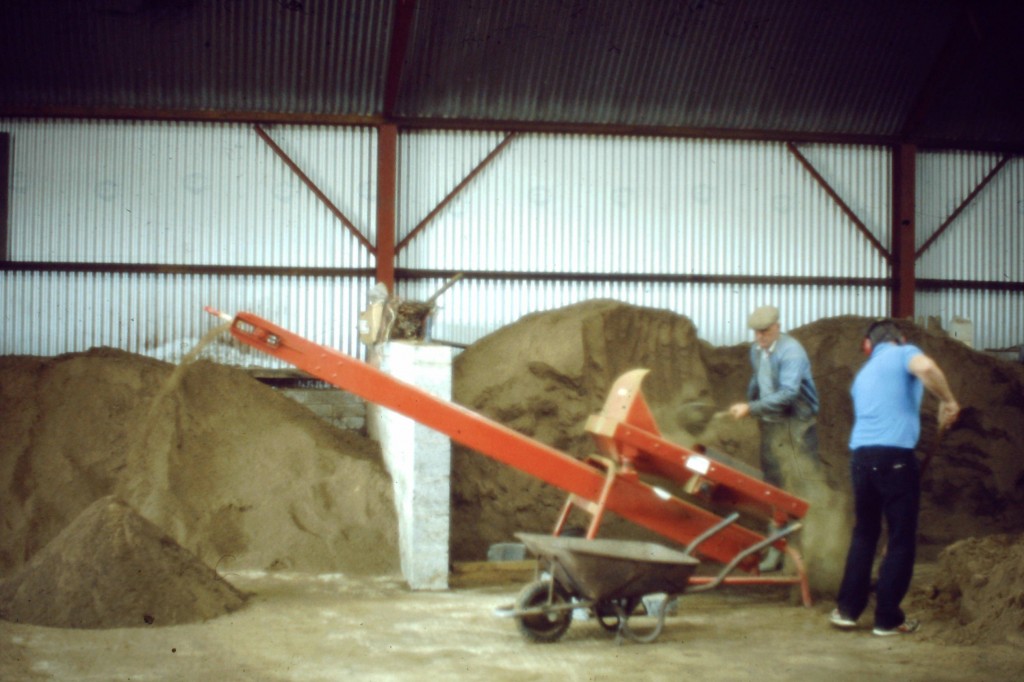
After a few weeks of drying the compost was then put through the Royer shredder, straight into the second bay and left for a further few weeks before screening to create the final product.
Many uses
Seaweed contains a wide range of nutrients and trace elements, along with alginates, which combine in such a unique manner that when seaweed is added to heavy clay soils it acts as a floculator, which means it breaks down the heavy soil into a friable crumb structure thus providing a vastly improved free draining growing medium. This, of course, does not happen overnight but is one of the greatest benefits of long term applications on these types of soils.
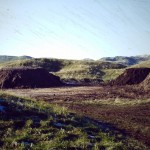
On the other side of the coin seaweed is an excellent addition to sandy soils, adding to the humus content and nutrient levels, and increasing drought resistance. Because of my experience I do believe in fact that adding seaweed to the root zone mix in any USGA green construction does alleviate the many problems, such as take-all patch and nematode discolouration, that are inherent in a high sand content material because of the lack of a healthy microbial and bacterial population in the inert material.
Raw seaweed should only be used in situations where it can be dug directly into the soil. For example it is fantastic with potatoes, giving a great flavour, and has the added advantage that the iodine content in the seaweed prevents diseases such as scab. The salt content is minimal and so it does not add a salty flavour to any vegetables. Get it here.
Using Seaweed During Construction of a Sports Surface
If constructing a new green, tee, or sports surface, I always add granulated seaweed, or even better composted seaweed if available, to the root zone mix as I have found it helps to provide a much healthier growing medium. I would recommend applying around 100 gm per square metre (4 ounces per square yard) once the final levels have been prepared, which should then be mixed into the top 10 cm or so (4 inches) of root zone before final raking and treading.
I have no doubt at all that using seaweed in the root zone aids quicker and healthier establishment of both the grass sward and root system from either turfing or seeding.
How to use seaweed in the maintenance program
On established lawns and sports surfaces it is much more difficult to introduce the seaweed into the root zone. This is where operations such as forking, hollow coring, and, on larger areas, vertidraining will allow the granules to be spread and then worked into the holes.
I have always found slitting with a combination of chisel tines in the Spring and Summer, and six to eight inch (15 to 20 cm) knifes in the Autumn and Winter, distributes the seaweed more evenly throughout the main root area. This is also, in my experience, the most effective and least disruptive method of deep aeration. For more on the benefits and disadvantages of the various forms of aeration have a look at my article on aeration.
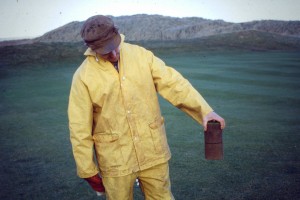
When applying seaweed to the grass surface, rather than to the root zone, fine ground seaweed meal is much preferable. This is because granules can be picked up by the mowers and also hold too much moisture near the surface. Find here.
I have always found that the ideal time to apply ground seaweed is in the Spring straight after scarifying, and followed with topdressing.
For the rest of the growing season liquid seaweed is the best option as it is an excellent foliar feed and can be combined with other nutrients as and when required.
I certainly think this feeding regime is one of the main reasons why I have not had to apply fungicide on any of my golf courses or bowling greens for the past thirty years. (With one exception caused by experimenting with a slow release fertiliser many years ago). More on that to come.
Calcified Seaweed For Improving Wet Sour Areas of Grass
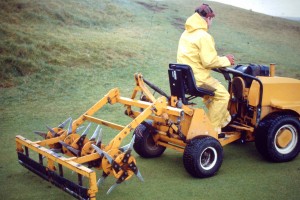
One seaweed product I have not mentioned is calcified seaweed which when ground is a very good product to use on acid or thatchy wet surfaces as it raises the PH and helps to dry out the turf.
It is supplied in various grades from course ground right down to powder, with the courser grades being most effective on the worst areas, especially when used in conjunction with charcoal.
This, of course, will only be a short term remedy unless it is part of a structured maintenance plan designed to rectify the underlying reasons that caused the problem in the first place. Look out for my articles on all aspects of turf maintenance as our website develops.
I hope this has given you a good understanding of the benefits that seaweed can provide. If you require any more information or have any comments please get in touch.
Duncan

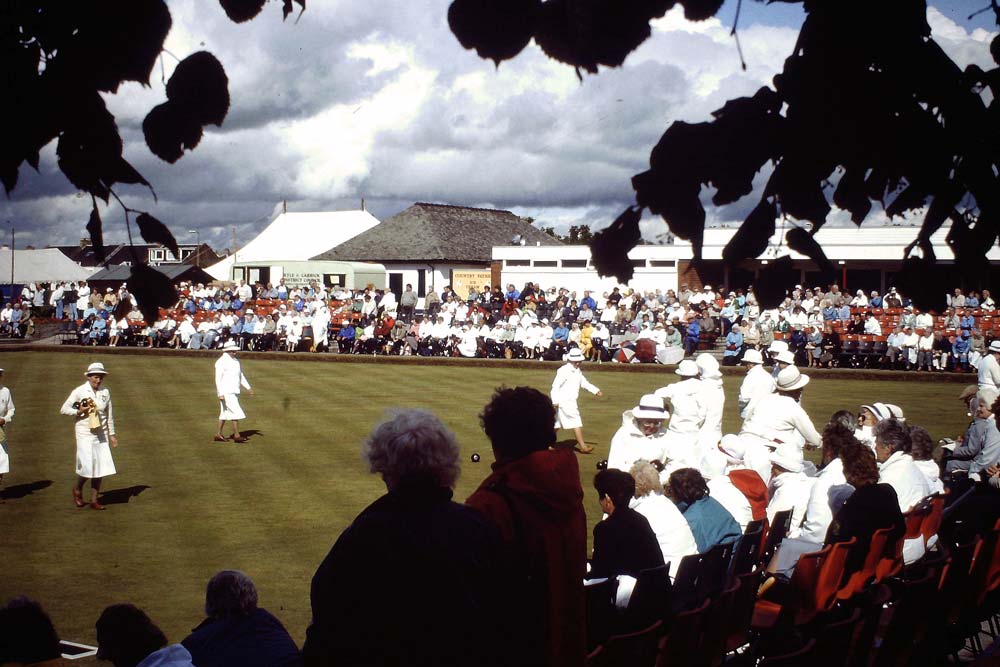
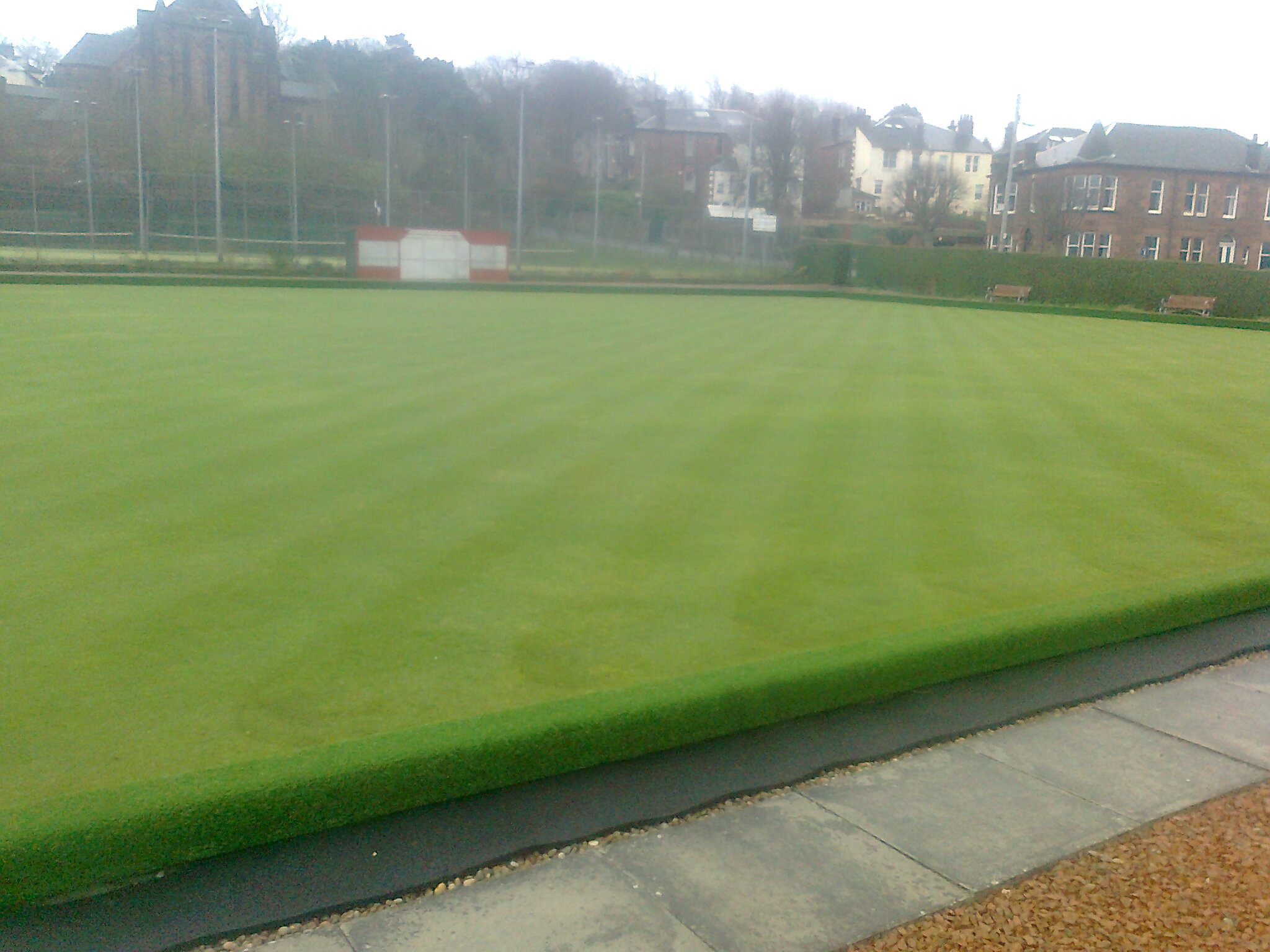
Please share your mobile number regarding Astro tuff,I am based in girvan
Regards
Vinod
07904321725